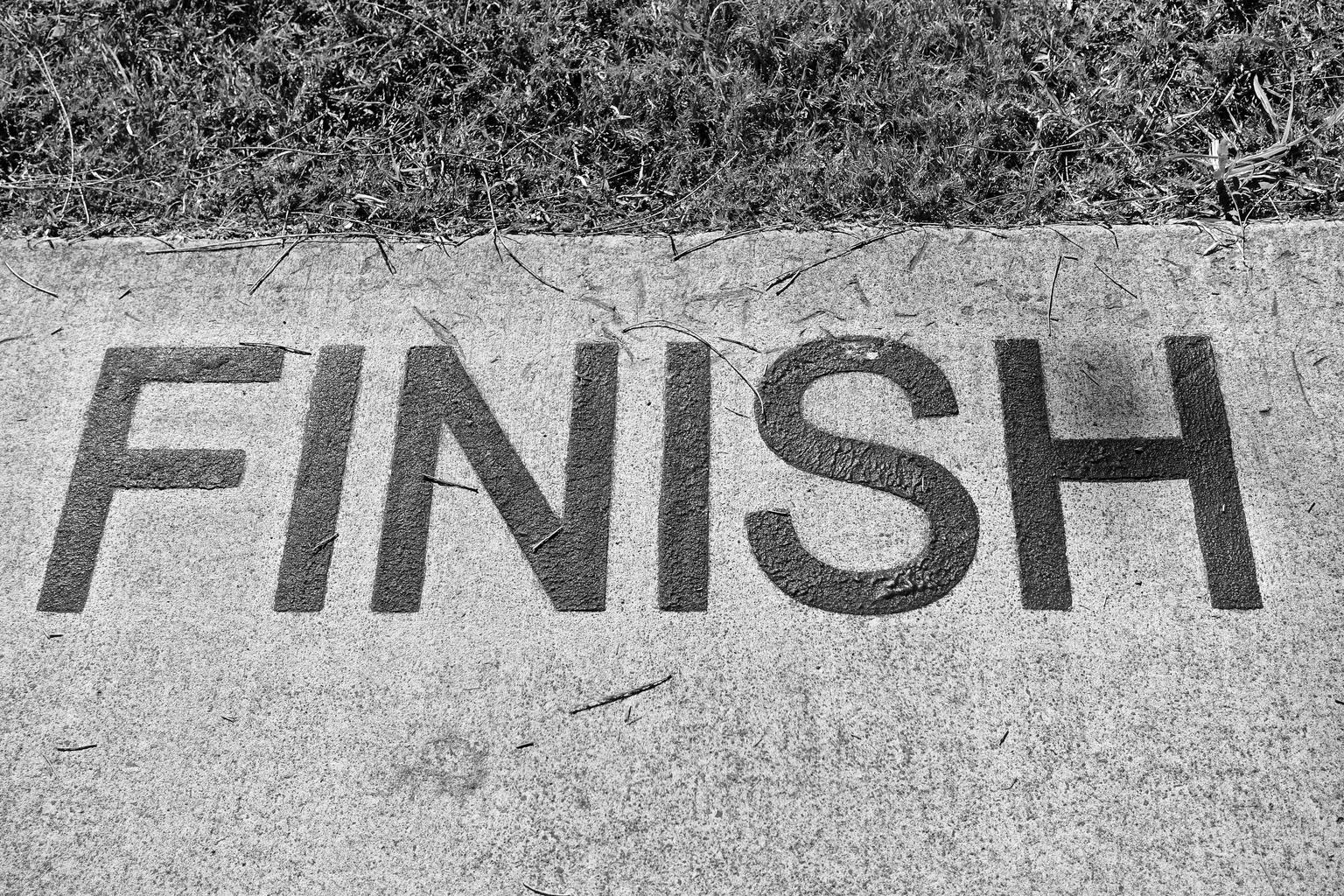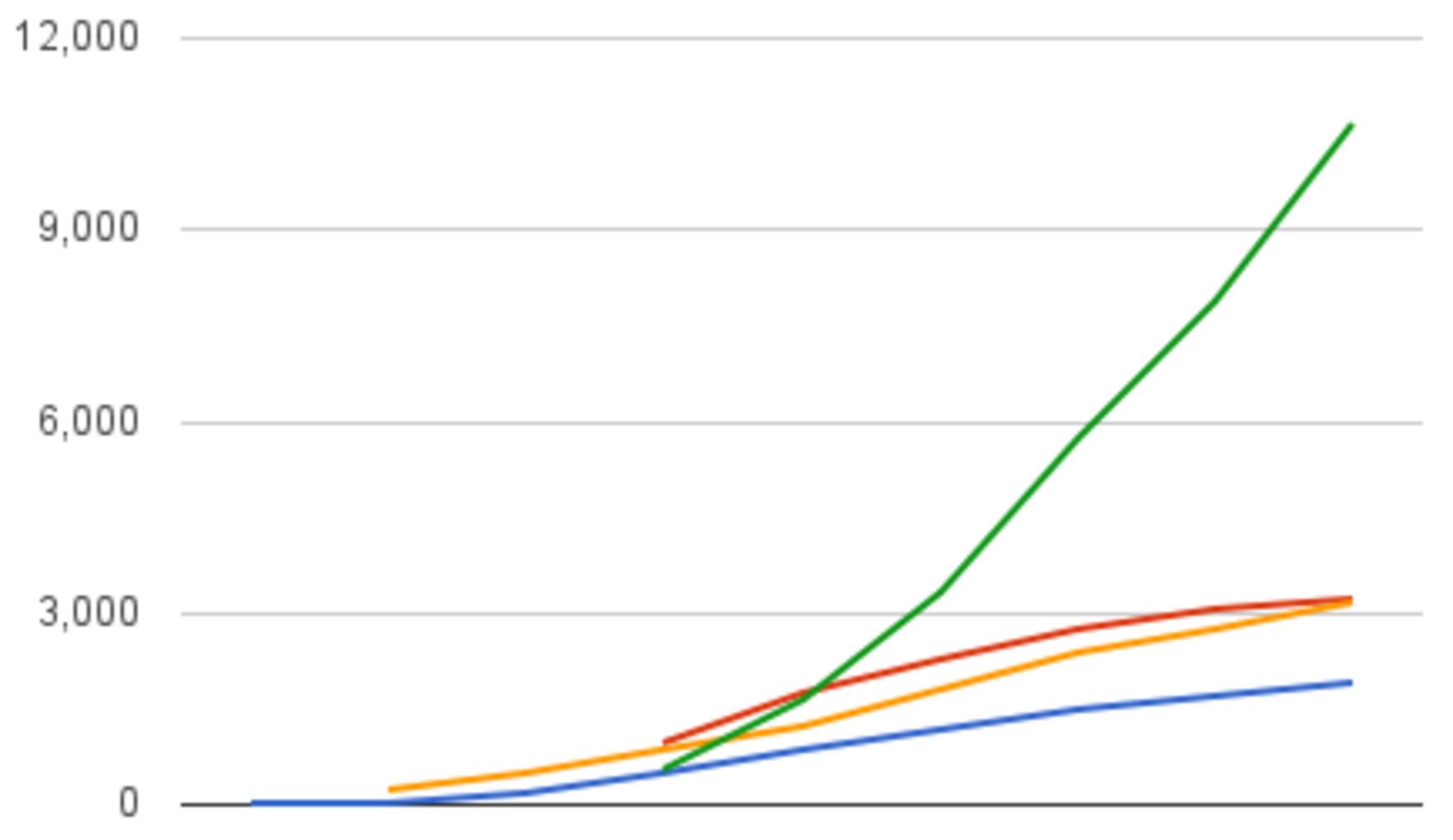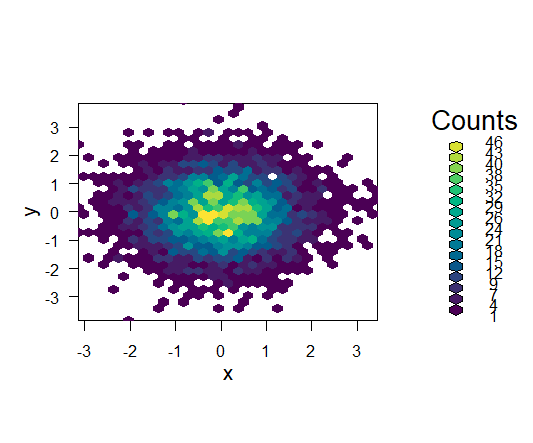How to convert characters from upper to lower case in R?. This article discusses how to change a character’s case in R from upper to lower and vice versa.
Will include examples for the R methods tolower(), toupper(), casefold(), and chartr() throughout the lesson.
How to convert characters from upper to lower case or vice versa in R?
We must first generate a character string in R before proceeding to the examples. We’ll use the character string “Datasciencetut.com” throughout this tutorial:
Let’s create an example character string
string<- "Datasciencetut.com" string
[1] "Datasciencetut.com"
Example 1: tolower & toupper R Functions
Will describe how to utilize the tolower and toupper R functions in the first example.
Statistical test assumptions and requirements – Data Science Tutorials
With the tolower command, we may change every character in our string to lower case:
tolower(string) [1] "datasciencetut.com"
Contrarily, the toupper command is used to change every character to upper case.
toupper(string) [1] "DATASCIENCETUT.COM"
Example 2: casefold Function
The translation to tiny or uppercase letters is also possible with the casefold R function.
If we use the casefold function with the upper = FALSE (default option) argument, our characters are changed to lower case.
casefold(string, upper = FALSE) [1] "datasciencetut.com"
…or to upper case if we specify upper = TRUE:
casefold(string, upper = TRUE) [1] "DATASCIENCETUT.COM"
In actuality, the casefold function is identical to the tolower and toupper functions.
Best Books to learn Tensorflow – Data Science Tutorials
Example 3: chartr Function
An whole character string can be converted to lowercase or uppercase using the tolower, toupper, and casefold methods.
The chartr function can be used to convert some characters to lower case and others to upper case:
chartr(old = "Datasciencetut.com", new = "DataScienceTut.COM", string) [1] "DataSCienCetut.COM"
A new character pattern or an old character pattern can both be specified using the chartr function. The previous pattern is subsequently replaced by the new one.
One way ANOVA Example in R-Quick Guide – Data Science Tutorials










